Rainwater harvesting was done by Chola kings as well While Roman aqueducts are well-known, Roman cisterns were also commonly used and their construction expanded with the Empire. For example, in Pompeii, rooftop water storage was common before the construction of the aqueduct in the 1st century BC.
- When did rainwater harvesting begin?
- Was it a primitive water source?
- Why is it no longer a common source?
- Why have we forgotten the silver drops of our real wealth ?
These are questions that I have when thinking about the history of rainwater harvesting.You may remember your grandfather talking about the old rain cistern on his farm growing up as a child. They would use these cisterns to water cattle and other livestock and perhaps jump in to cool off after a long day in the hot sun.
They would use gutters and a type of conveyance to direct rooftop rainwater into the cistern storage. Cisterns like these were another step in the evolution of rainwater harvesting but were far from the point of where rainwater harvesting began.
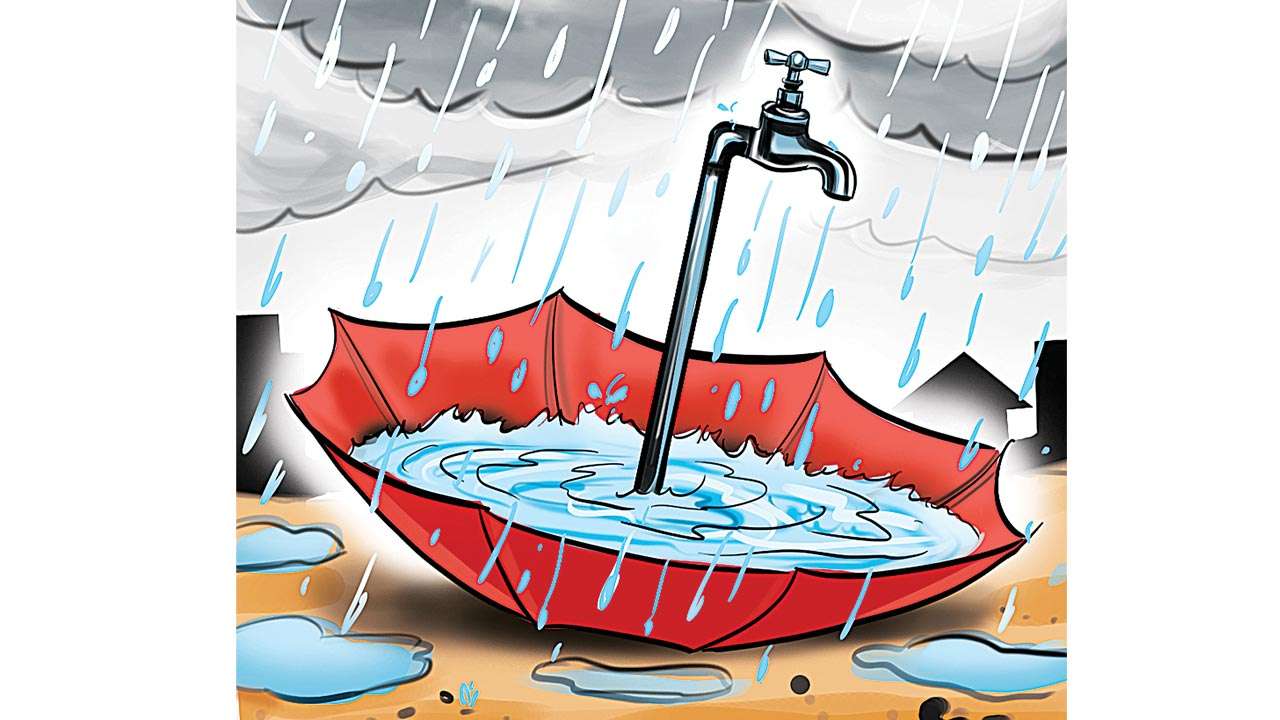
The Need of Water :
Why collect rainwater? Civilizations, settlements, countries, and empires of the past had basic needs to survive just like we do in the present day. Water, food, and shelter were a continuous struggle to provide, especially in dry climates where water was scarce.
But there was a solution and people of the past came up with brilliant methods of solving these issues. One idea that became a sustaining source throughout thousands of years was rainwater collection and diversion.
Origin of Rainwater Harvesting :
Obviously, it is nearly impossible to trace back to which civilization used the method of rainwater harvesting first, but evidence shows that different types of rainwater collection systems were used in 2000 BC in India, Mesopotamia, China, and modern day Israel.
The basic design of these systems often involved a large rock formed into a basin using clay and other rocks to seal it from leaking. And then, using different diversion tactics, water would be stored and used for drinking, washing, agriculture and more.
Middle East
The middle east has a rich history in the rainwater harvesting timeline. Dating back to 2000 B.C., people in the Negev Desert, which is modern-day Israel, survived by capturing water from the hillside and storing it in Cisterns.
Back then, water availability was truly a life or death situation. According to Heather Kinkade-Levario in Design for Water Rainwater Harvesting, Stormwater Catchment, and Alternate Water Reuse, in tales of a war for the land east of Jordan, King Mesha of Moab used reservoirs to capture rain and gave his warriors the ability to survive in the dry heat.
In the civilizations, rainwater harvesting cisterns were common on a home by home basis, based on a historical document of that time in the Middle East. These cisterns would range from 10,000 gallons to 50,000 gallons, and would often be stored underground. Community cisterns were also common.
They used technologies such as sediment traps prior to entering the large cistern, which could hold as much as 1,000,000 gallons of water. And even larger reservoirs would hold 11,000,000 gallons of water such as one in Madaba, Jordan.
India
Ancient India had incredible science, for example ‘flying saucers’ in Rajasthan are clever water harvesting structure with an artificial catchment. Whatever rain fell was harvested and stored in an underground well. The simple common sense made them water secure. One hectare of land was saving millions of litres of water at every rainfall. Even in place like Jaisalmer; which had dried conditions of the world. The city itself has flourished despite receiving just 50 mm of rain in a year. Thanks to harvesting every drop…
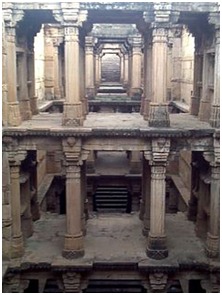
Each state in India had grown it’s unique system of water harvesting, based on capture, conserve and consume rain at community level. Gujarat had Step wells, Rajasthan had Tankas, Ladakh had Zings, the Himalayan region had Guls, Bihar had it’sAharpanye, Mehghalaya had bamboo drip irrigation, Kerala had water harvesting structures actually built into the Ghats while TamilNadu has cascade tanks. Every region valued its rain endowment.
Ancient Rome
The Romans excelled in many technological advancements, including rainwater harvesting and aqueducts. They would build entire cities with the infrastructure to divert rainwater into large cisterns. The Romans would use this collected water for drinking, bathing, washing, irrigation, and for livestock.
They were master engineers. In fact, there is a rainwater collection cistern built to capture rainwater from the streets above in the Sunken Palace, Istanbul that remains to this day, and it is so large that you can sail in it.
North America
Ancient Native Americans used the natural flow of mountain rainwater runoff to collect and use throughout villages. In central Mexico, underground cisterns have been found that were used for collecting rainwater.
In the 16th-17th century, early settlers began to use rainwater for laundry due to it being naturally soft. They were the ones who actually started using the term “hard water” and “soft water” because of the trouble that would occur from trying to use mineral-rich water for washing laundry. Soap would react with the hard water, causing a build-up to occur, unlike when they used soft rainwater, which allowed the soap and dirt to wash off easily.
Settlers and Natives would not have been able to survive in certain areas without the collection of rainwater.
Japan
Until 1990s, the main focus for application of rainwater harvesting was for domestic water supply. In 1994, the Tokyo international rain water conference was hosted in Japan. … The system drains the collected rainwater into a 1,000m3 underground storage tank and uses it for toilet flushing and air conditioning.
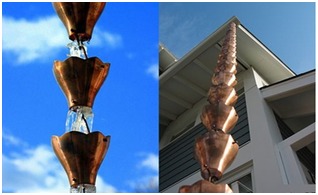

In 1998, the Ministry of Construction began to investigate rainwater utilization facilities throughout Japan, as part of a wider program of preserving the urban hydrological cycle. As a result, there has been increased recognition that it is important to utilize rainwater for the purpose of effective urban water control and water conservation. Under these circumstances, there will be more construction of rainwater utilization facilities. This paper describes the inspection of rainwater utilization at dome stadiums, which Takenaka Corporation have designed and constructed during the past 10 years in Japan. The dome stadium is a large-scale structure, where baseball games, concerts and various exhibitions are held. A large volume of water supply is needed at one time. Therefore, it is wise to utilize rainwater for the purpose of saving water supplies from a view of water resources in urban areas. Moreover, from the viewpoint of preserving the water environment and runoff control in urban areas, it is important to utilize rainwater. This paper states social background of construction, the outline, design methods, effects and views on the future of all dome stadiums
Kenya
In Kenya, there is inadequate access to sustainable safe drinking water (62%) and water for basic sanitation (30%). Target 10 of the Millennium Development Goals (MDG) adopted in 2000 by the UN, the IMF, the OECD, and the World Bank aimed to halve the proportion of people worldwide by 2015 that do not have this access. Based on the first author’s personal experience. While living in a suburb of Nairobi Kenya mid 2015, water was only available through the centralized pipe system for one day each week. On the other days, water stored in tanks or bought at high prices, e.g., 10–20 Ksh (AU$ 0.14–0.28) for 25 L, are the only alternatives. These problems throughout Kenya’s urban areas are well-known. Ndola, Zambia has experienced progress towards MDG through informal water supply systems where the formal sector has failed. Research has shown that there are “simple and cost-effective” alternatives to the centralized piped network which the formal sector should embrace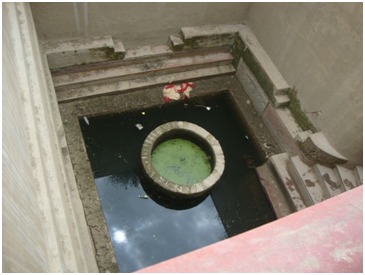
Australia
The RWH system has the potential to alleviate the increased water demand caused by urbanization. This has been a key issue in Australia, which is “the most urbanized country in the world” with over 75% of people living in only 20 cities and a total urban population of 89.4%, increasing at 1.47% annually.
Kenya’s urban population which stands at 25.6% is considerably less but is increasing much faster with an annual rate of change of 4.34%. Sub-Saharan Africa in general has a level of urbanization nearly as low as India [18]. In India, water security issues due to population growth have already led to the RWH system’s being made mandatory in several cities, e.g., Delhi and Chennai Globally, urban population exceeded rural in 2009. There are already 1039 cities with over half a million people worldwide and extensive urban systems called Megalopolises are emerging, such as the region between London and the Midland cities in Great Britain and the “Tokyo-Osaka-Kyoto complex” in Japan Peri-urban areas are also developing as a consequence of urbanization and a desire for a more ambient lifestyle.
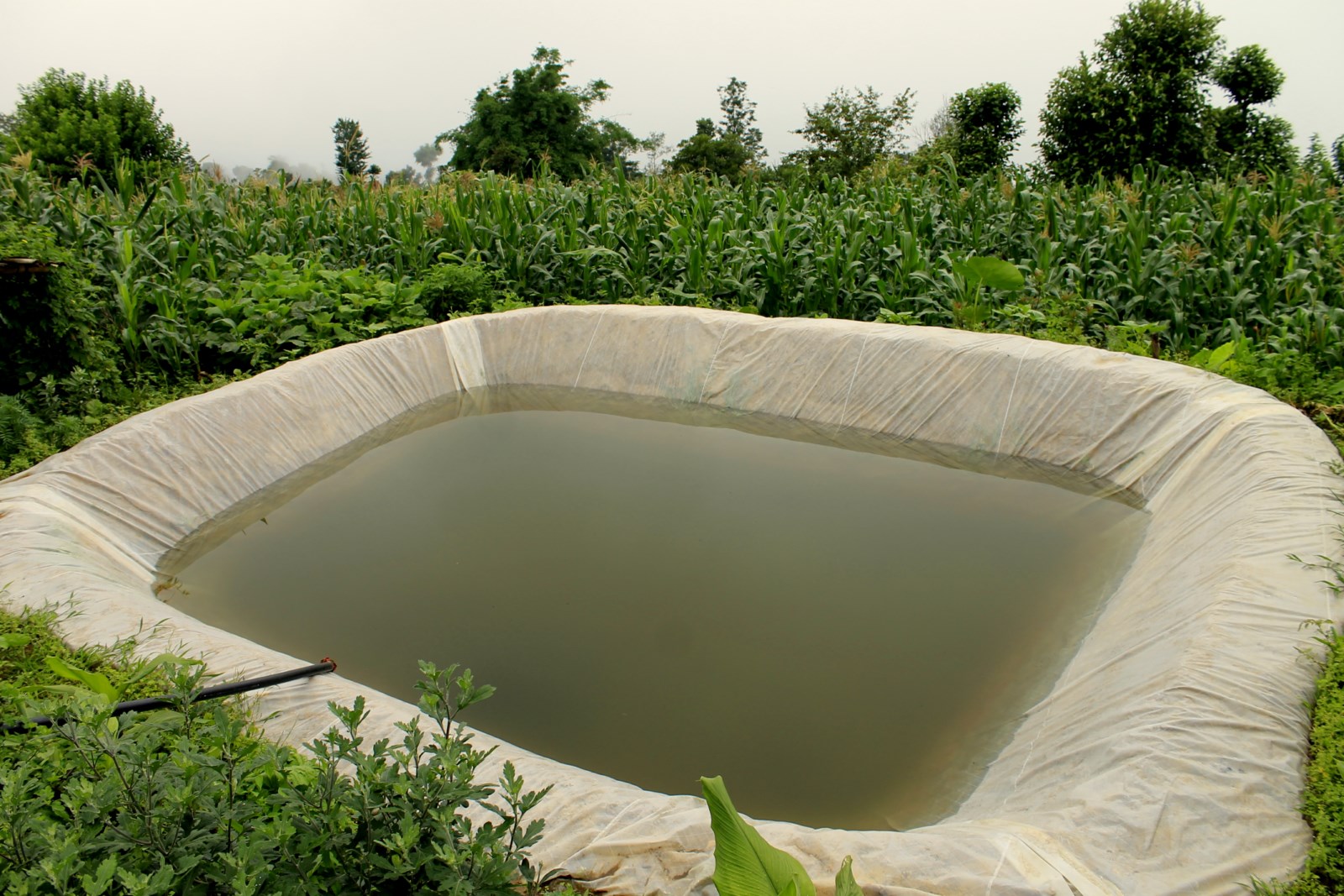
In Australia, these may extend up to 100 km. The RWH system in peri-urban, as in rural areas, often represents the onlywater available, so reliability is a high priority in these areas.
Singapore
In essence, the water story is not dissimilar to the other stories of Singapore’s physical transformation: urban planning, housing or greening. We were a kind of ‘basket case’ of urbanisation in the 1950s and 1960s with all sorts of urbanisation problems. But over 50 years, we’ve become one of the more liveable and sustainable cities in Asia, if not the world.
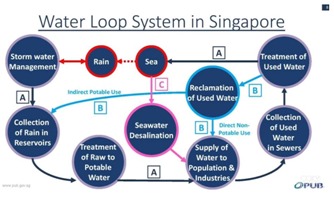
At the Centre for Liveable Cities (CLC), our mission is to document what Singapore has done and to distil some of the principles, so that these principles can be shared with the next generation of Singaporeans who are going to be our urban leaders, as well as with other city leaders who will be interested in creating liveable and sustainable cities.
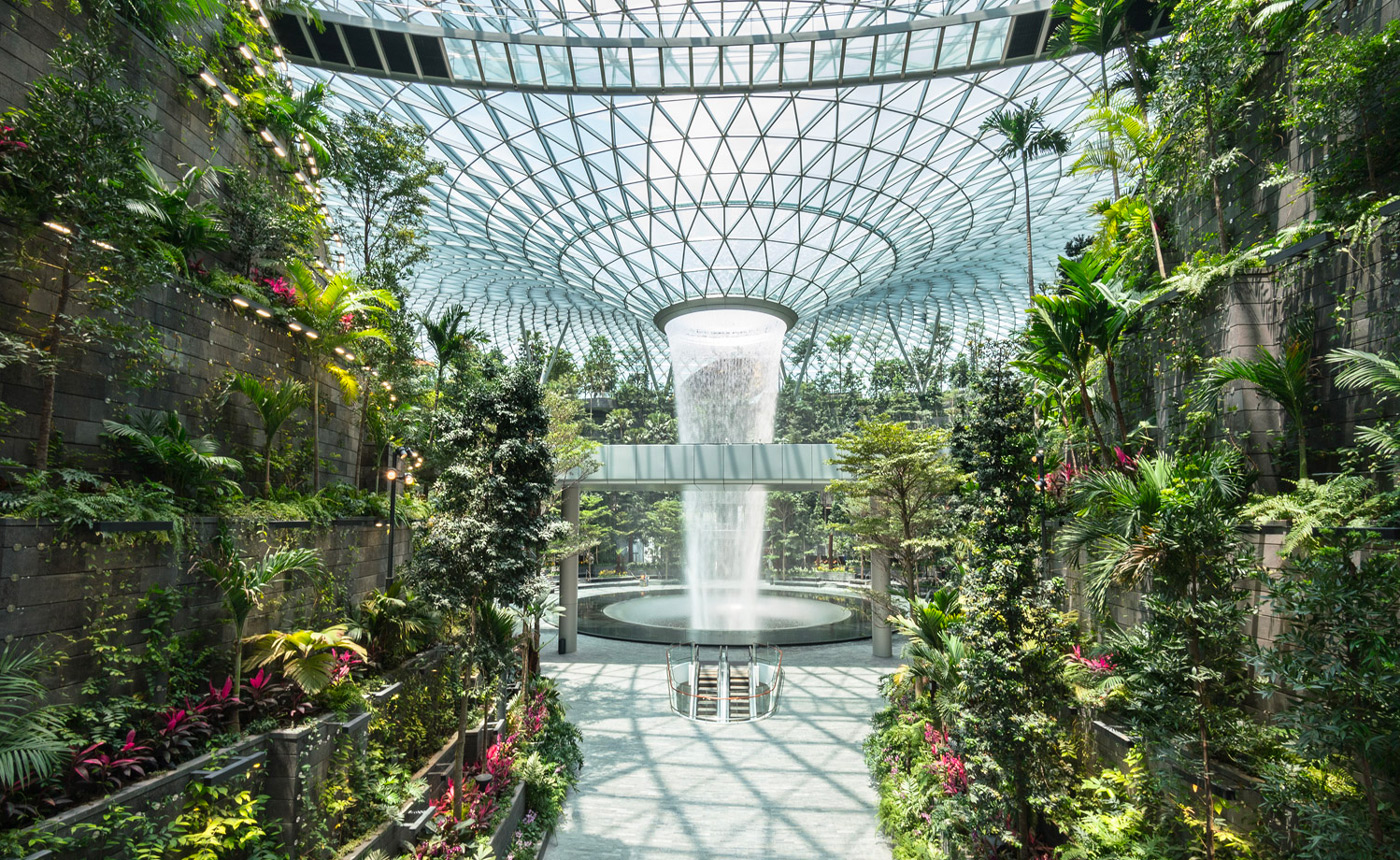
Water is a critical resource for Singapore. Even though they get ample rainfall – some 2.4 metres a year – their big problem is that they dosen’t have the land to collect and store all this rain. They also don’t have other natural sources of water, such as groundwater sources. When Singapore gained independence in 1965, its survival depended heavily on their ability to have an assured supply of water
Malaysia
The history of rainwater harvesting in Asia can be traced back to about the 9th or 10th Century to the small-scale collection of rainwater from roofs and simple brush dam constructions in the rural areas of South and South-east Asia. Rainwater collection from the eaves of roofs or via simple gutters into traditional jars and pots has been traced back almost 2,000 years in Thailand. Rainwater harvesting has also long been used in the Loess Plateau regions of China.

Malaysia is blessed with an ample supply of water thanks to abundant rains. However, increasing usage by industry, agriculture and by household users is straining the existing water supply infrastructure. The costs of adding to this infrastructure and that of replacing the ageing system are further burdening the Exchequer.
Rainwater Harvesting settles down
There began to be issues with the historic way of collecting rain. As civilizations grew, the cisterns would become more and more contaminated. This lead to the spreading of diseases since the modern technology was not available to remove bacteria. As countries became more developed, centralized water utilities began to sprout and became the primary source for all water needs.
Rainwater Harvesting in the Modern Age
The age of rainwater harvesting has not reached its peak. Many farms continued to use rainwater cisterns for feeding livestock. And as technology developed in water treatment abilities, people started to use rainwater in their homes as the primary source of water yet again.
But why is rainwater harvesting starting to come back?
For the most part, development brings advantages, but there has been a side effect of increasing development that is depleting our natural underground water supply. In the water cycle, there is a critical step that must occur for the process to be effective – groundwater recharge.
Through the construction of roadways, cities, and increasing population in metro areas, water is being used, but no water is being replenished. Stormwater is collected and sent into rivers and out to the ocean. Large amounts of water needs to reach the earth and be absorbed in the ground to replenish the natural underground aqueducts. And because this is not happening, water sources are drying up.
Across the world, groundwater depletion in various metro cities has lowered the water level from 900 to 1500 feet.
Focus on rain secure, water secure habits will make, communities, regions, countries, continents and the world water secure habitat. Let’s learn this wisdom and implement RWH to make our modern age sustainable, sensible and liveable.
“The original water on Earth is Rain, Let’s harvest.
